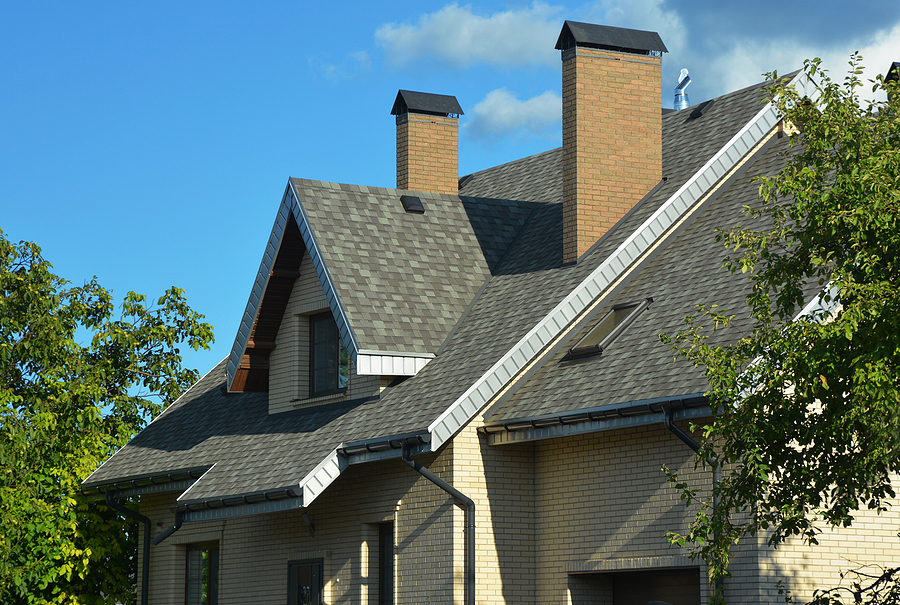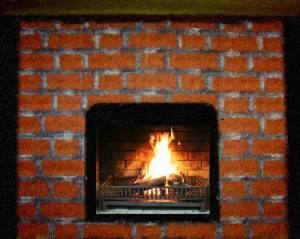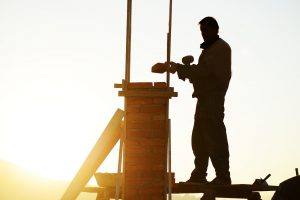Keeping your chimney safe is an essential part of keeping your whole home safe. Keep an eye out for these 6 essential warning signs that your chimney needs repair.
A smoky or smelly home can mean your chimney liner is not working properly. Chimney liners, with clay being the most popular, are channels inside of the chimney that contain and direct combustion products outside, protecting the chimney from corrosion. If these fumes are not redirected, the consequences on your health can be severe.
Unfortunately, it is not always easy to spot liner damage. Consider calling a professional if you detect an overly smoky odor from your chimney.
- Flakes Or Shards Of Tile/Ceramic In Your Hearth
On the topic of chimney liners, watch out for bits of flue lining in your firebox. Flue liner “shaling” occurs with time and can lead to a host of consequences, as indicated above.
The purpose of the liner is to protect the surrounding home, including combustible materials around your fireplace. Get an inspection to determine whether to replace or repair the lining.
- White Staining On The Chimney’s Exterior
Efflorescence the name given to the effect created when a white residue of minerals and salts comes to the surface of concrete and mortar. It is a sign that water is leaking into your chimney system and is indicative of present or future structural deterioration.
When the chimney has disintegrated materials or is missing a cap, rain water can more easily make its way into the walls. This can be a sign your chimney needs repair or additional protective structures to prevent further damage.
- Cracks In The Chimney Crown
On the topic of water damage, let’s discuss the dangers of crown cracks. If you’ve noticed air or water coming in through the fireplace, there may be cracks in the mortar around your chimney. As the cracks grow, so do structural problems so have these repaired quickly to maintain safety.
We’ve been talking a lot about the dangers of moisture and stained ceilings or walls around the chimney as these are great signs that your chimney may need repair.
Look out for dark patches, dampness, and stains and take steps to investigate the issue. There are countless DIY conversations happening online on websites and forums to help you troubleshoot, but as always, it’s important to reach out to a professional if unsure.
Loud cracking and popping? Dense smoke and intense smell? These are signs of a chimney fire.
Flue fires are caused by the release of hydrocarbon gases from heated wood. At around 1100 degrees F, unburned gases condense and harden into creosote.
Creosote is highly flammable and triggers chimney fires. Chimney fires can cause the masonry to expand to the point of blowing out, which in the worst cases means room explosions.
To tell if you’ve had a chimney fire, look for warped metal in the damper, cracks in exterior masonry, smoke escaping through the mortar, or heat damaged TV antennas.
If you’re concerned, call your local chimney sweep for an inspection as soon as possible.
Keeping your chimney safe and in good condition means you can enjoy your fireplace in comfort, peace, and safety.






